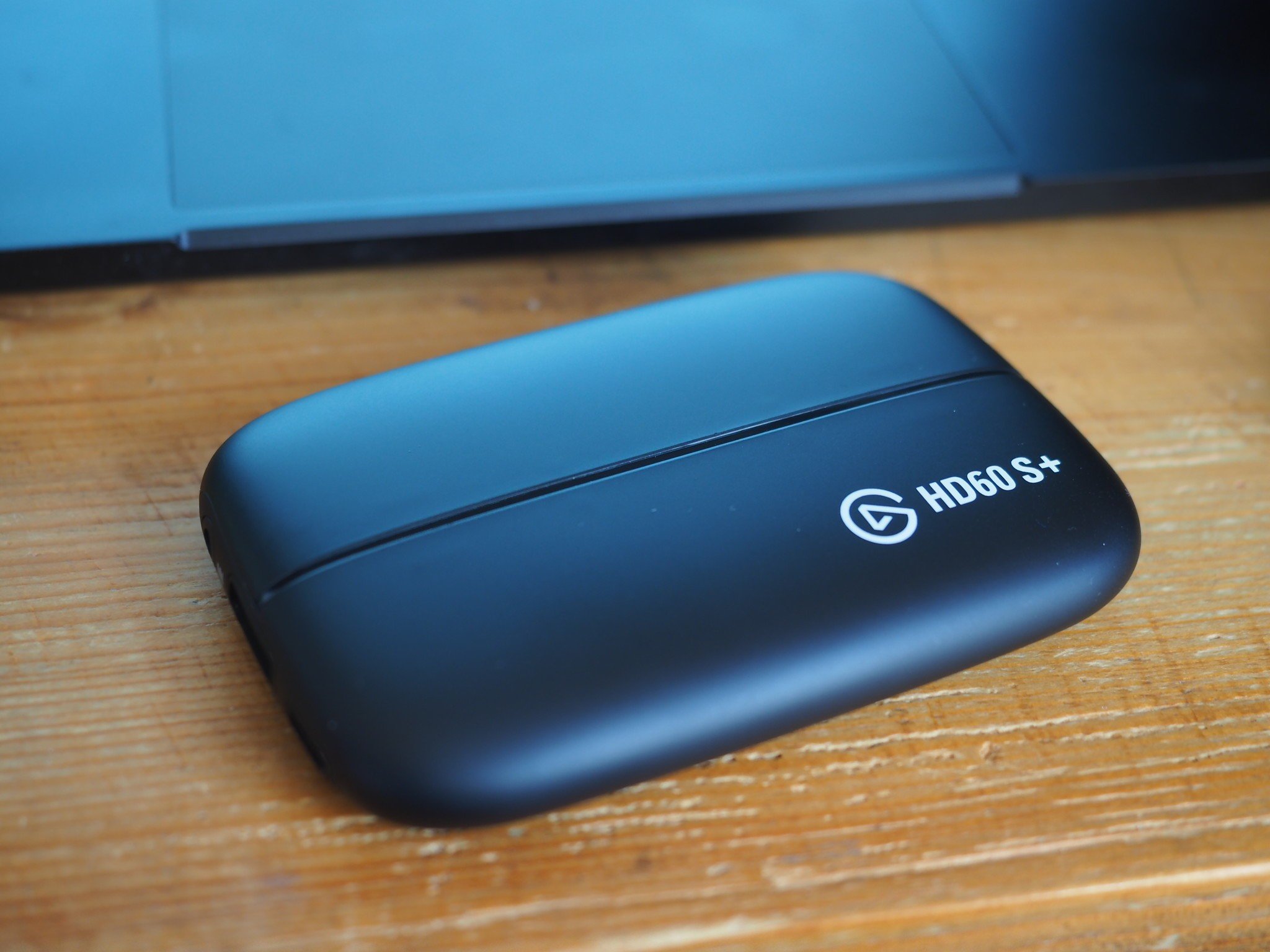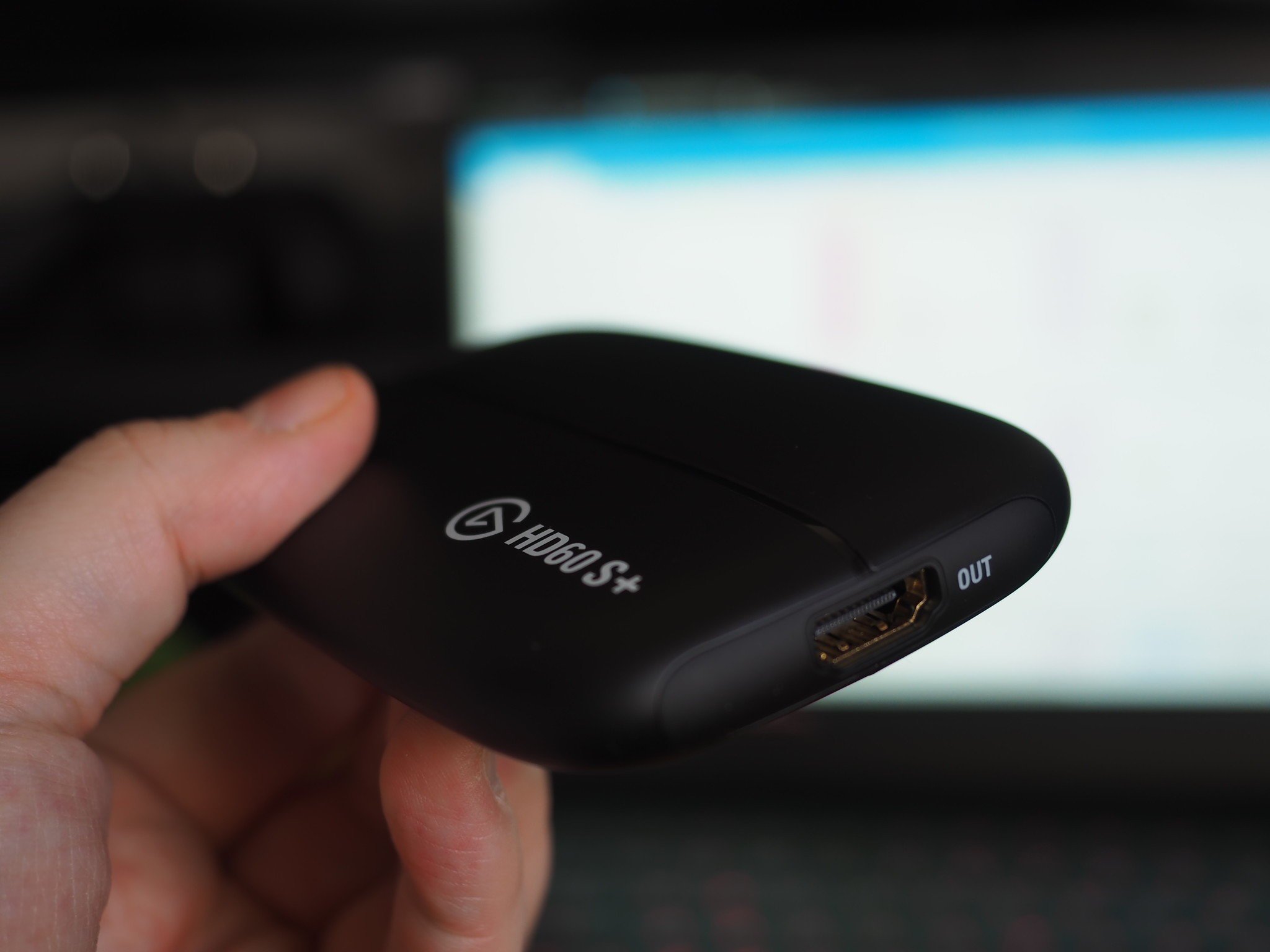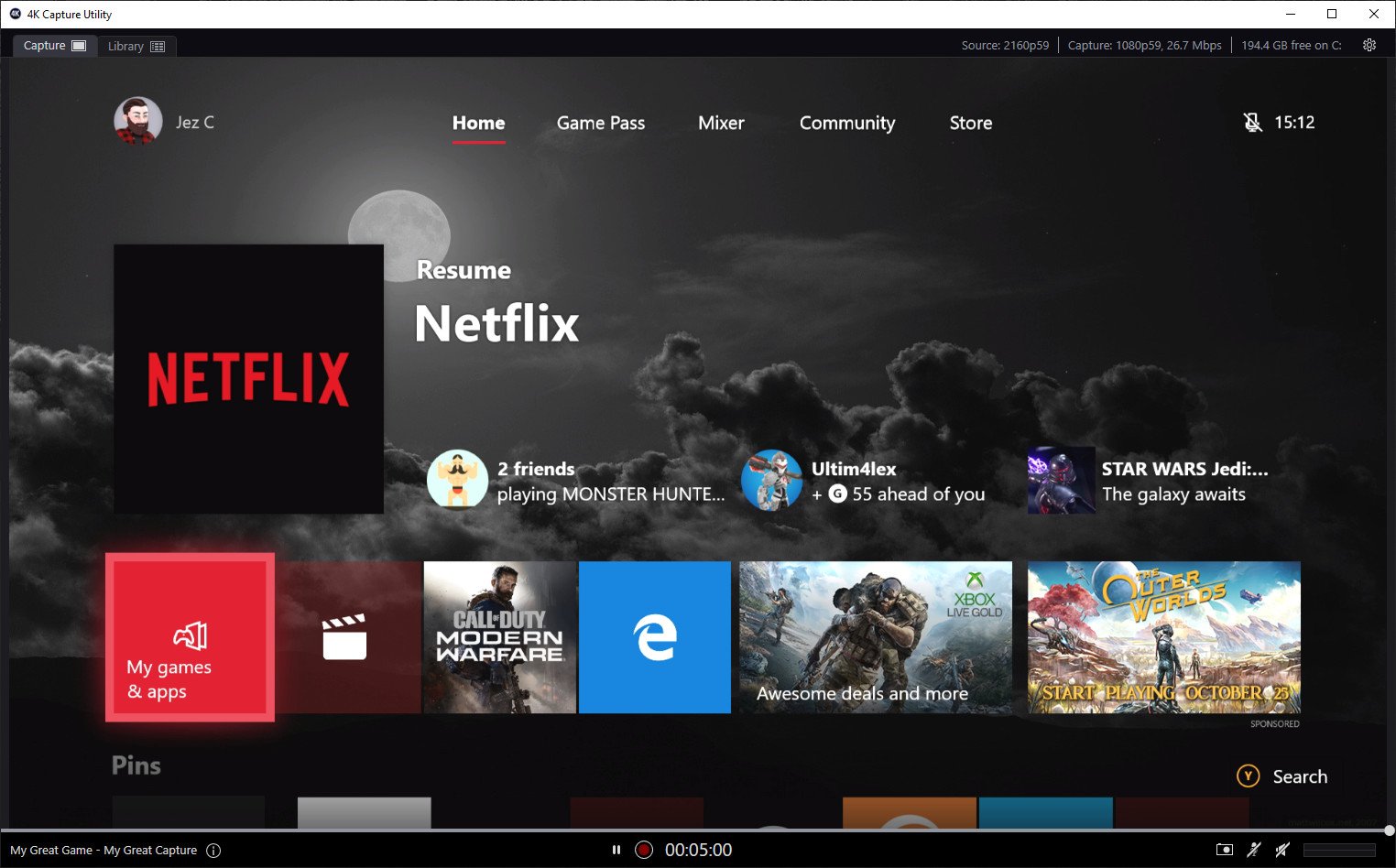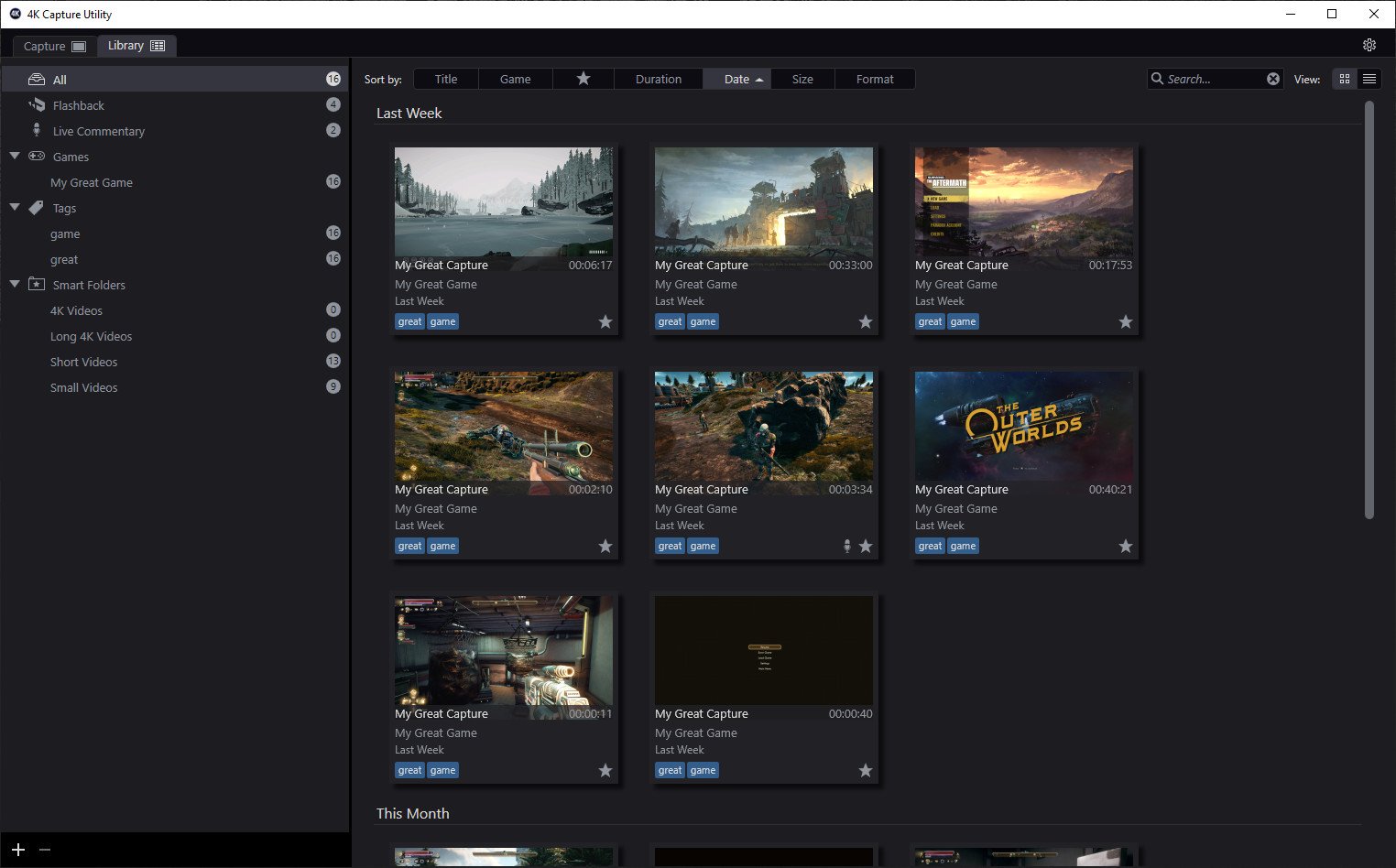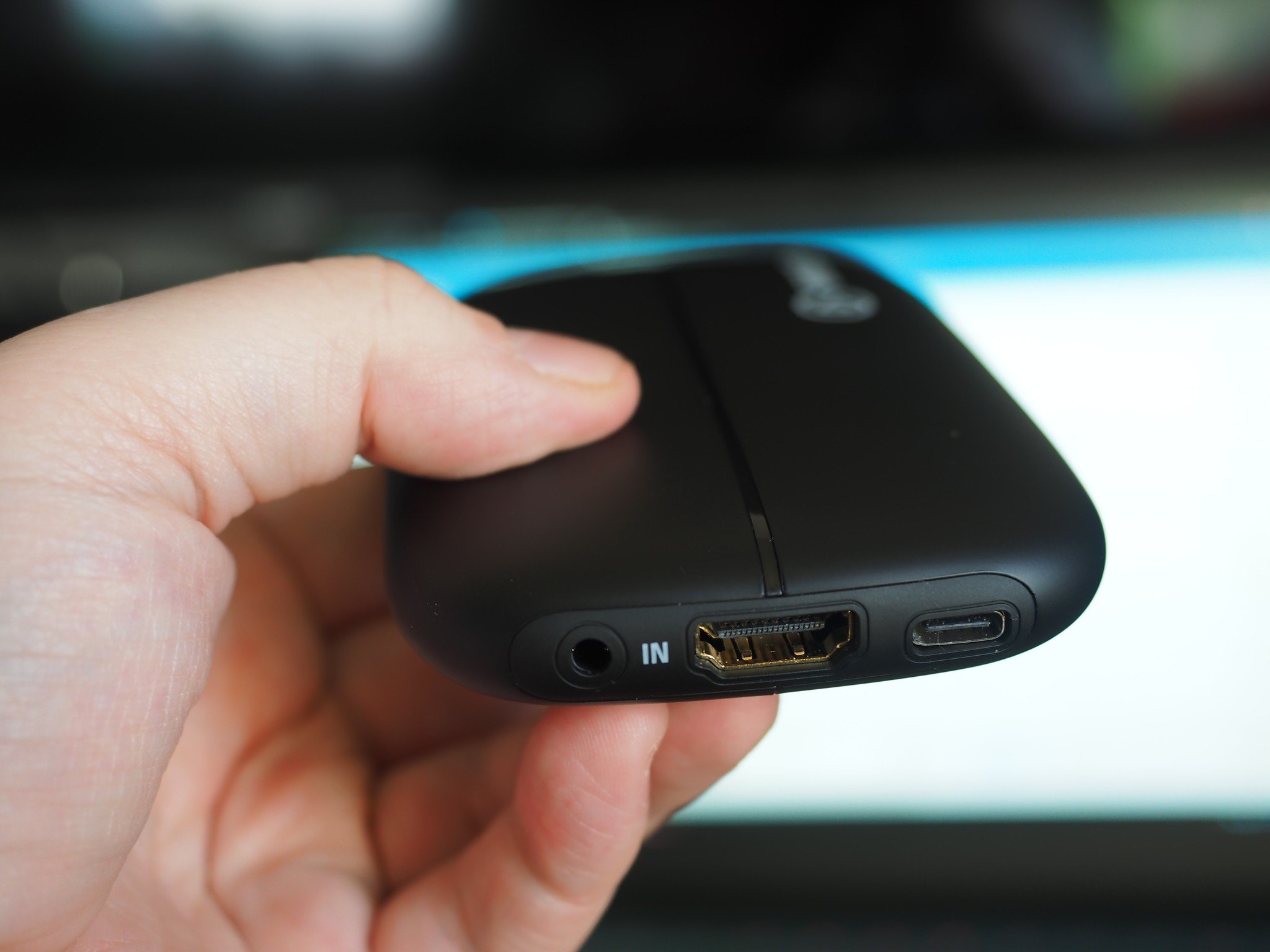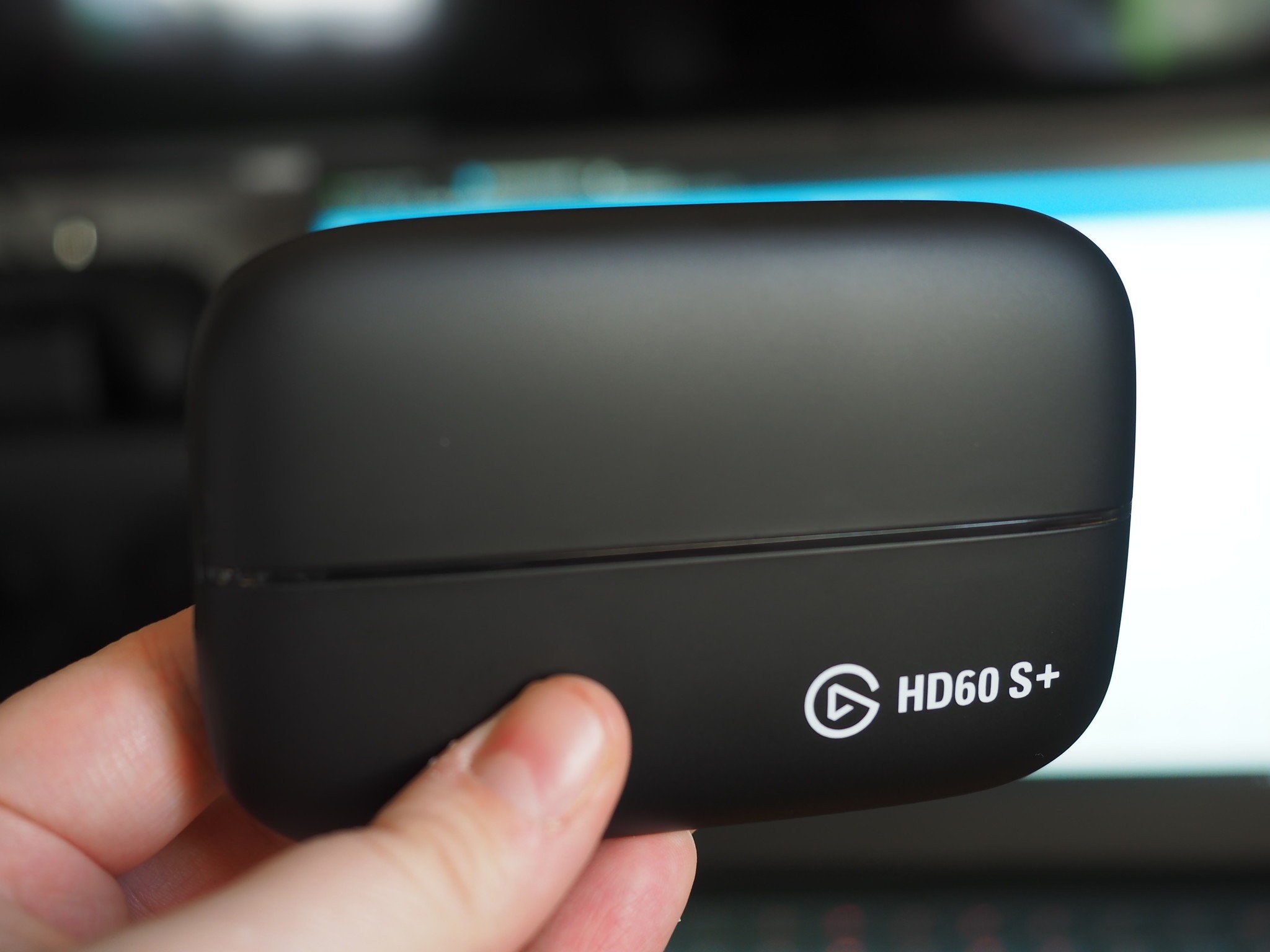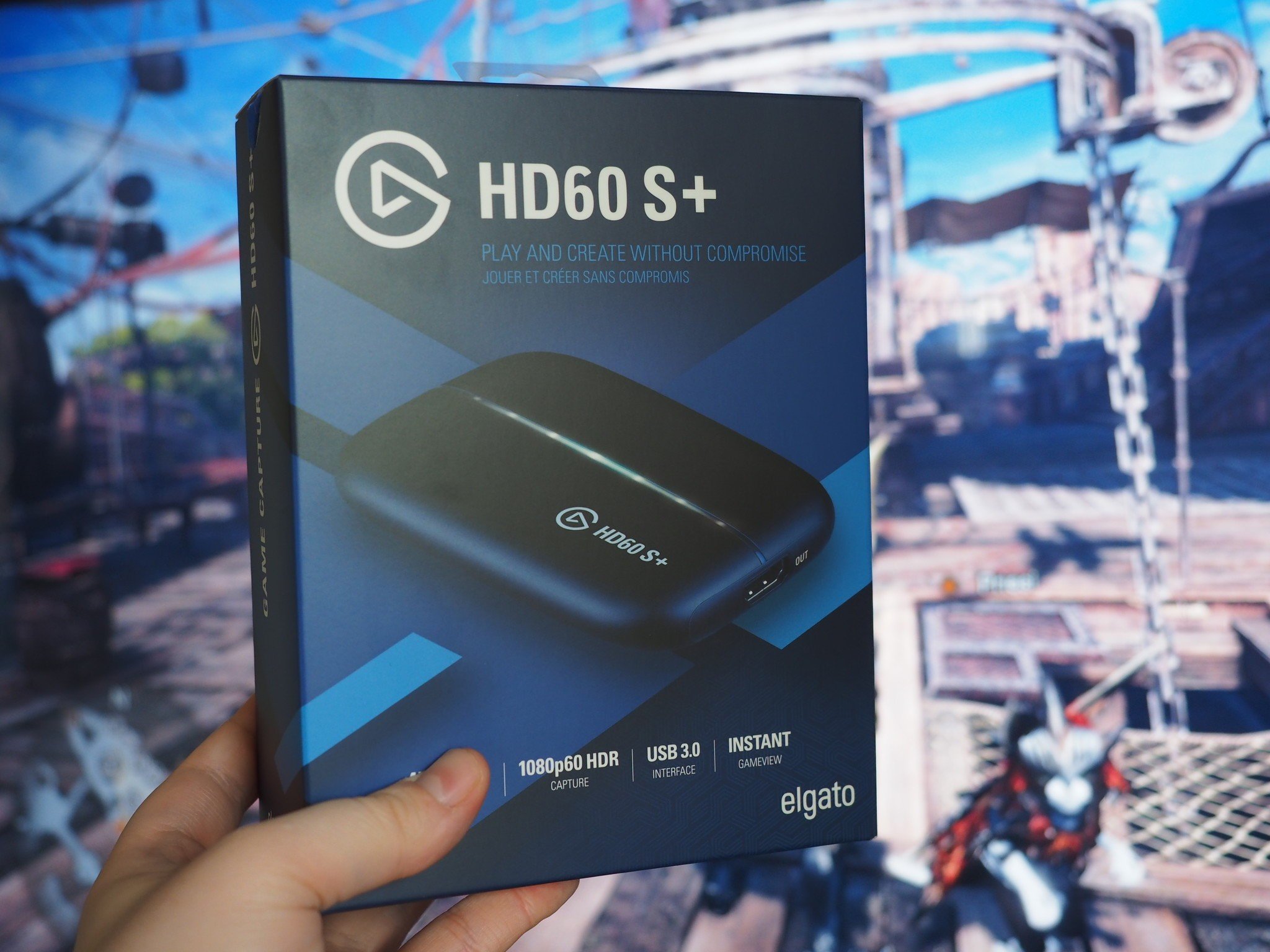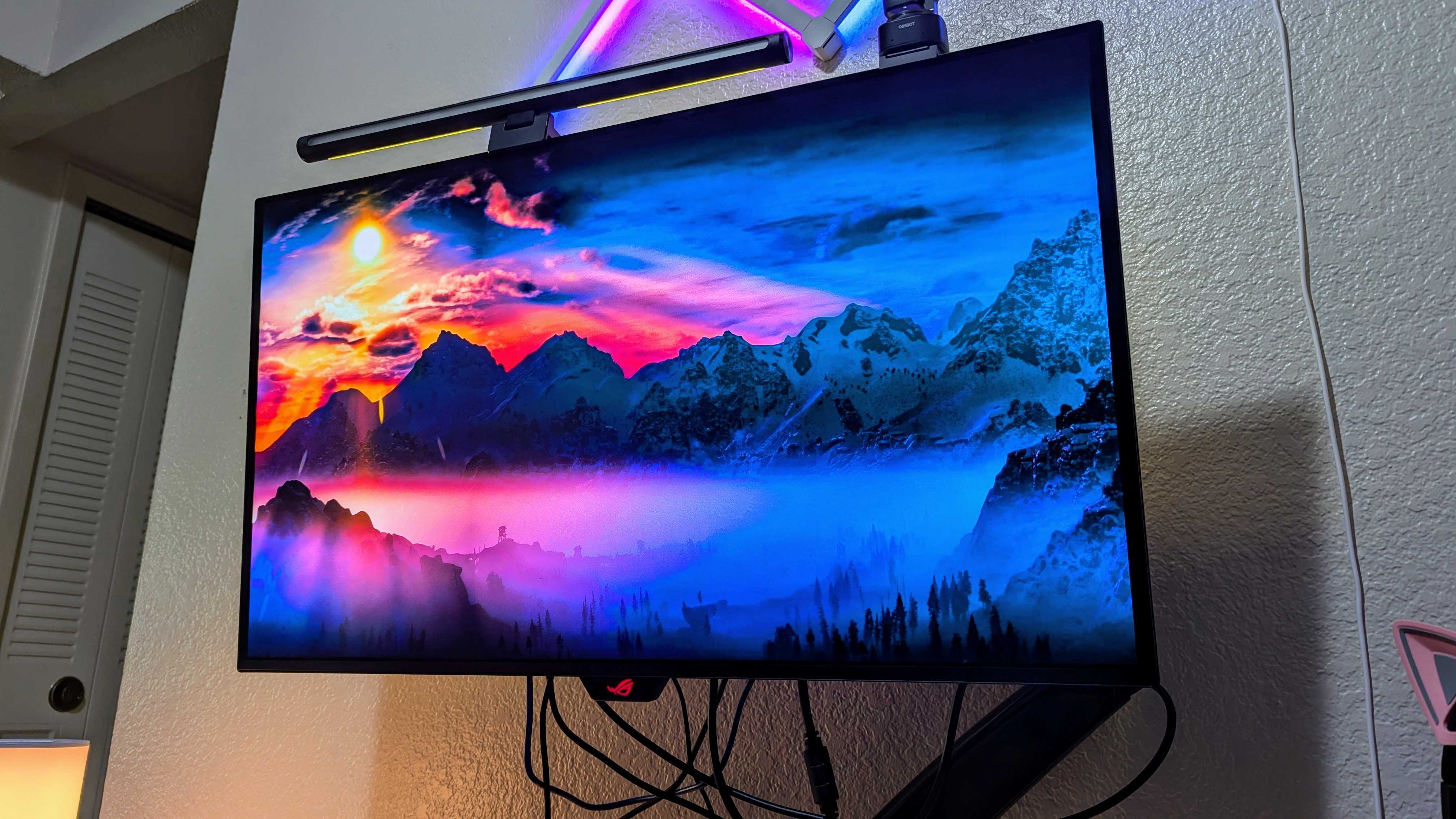
The Elgato HD USB capture cards have long been one of the most convenient ways to stream and capture gameplay footage for console gamers. A simple in-line connection between your console and TV, the Elgato capture cards extract the data straight out of your HDMI via USB to a connected PC. Up until now, though, they've had a bit of a downside for 4K console gamers.
The previous Elgato cards downgraded the HDMI signal to 1080p, which meant that you couldn't play games at 4K resolution while connected up to the card. The HD60S+ does away with this restriction, though, allowing for full 4K HDR pass-through. And it works like a dream. Here's our review.
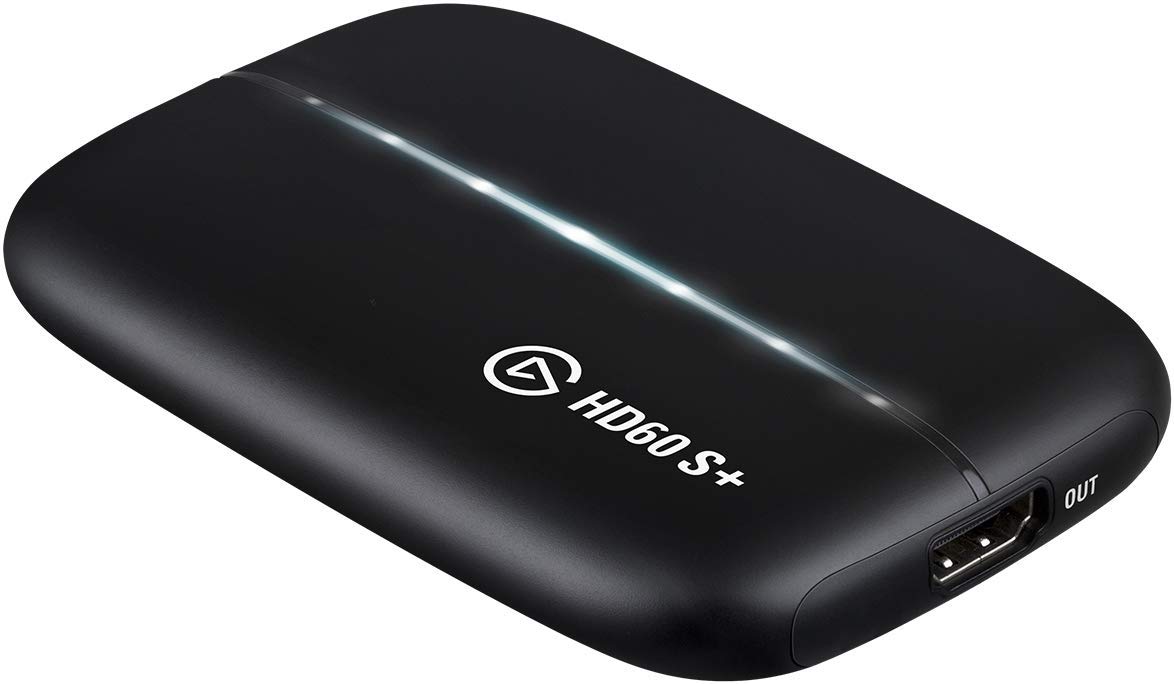
$200Bottom line: The HD60S+ is Elgato's best USB capture card to date, with flawless performance and 4K pass-through convenience.
Pros
- Flawless 4K HDR pass-through
- Small, lightweight design
- Great software
Cons
- Blocks HDCP signals (as a legal requirement)
- 4K Capture software doesn't support native HDR preview and playback
What you'll love about the Elgato HD60S+
| Category | Spec |
|---|---|
| Dimensions | 112 x 75 x 19 mm |
| Weight | 115 g |
| Minimum system requirements | 4th gen quad-core Intel NVIDIA GeForce 10-series 4GB RAM |
| HDR capture | HDR10 (Windows only) |
| Capture resolutions | 2160p30, 1080p60 HDR, 1080p60, 1080p30, 1080i, 720p60, 576p, 480p |
| Passthrough | up to 2160p, 60 FPS, HDR |
| In the box | HD60 S+, USB 3.0 cable, HDMI 2.0 cable |
| Price | $200 |
The Elgato HD60S+ is easily the best USB-based capture card the company has offered, which side-stepped some of the early bugs that came with the HD60S and other capture cards of yesteryear. I've streamed with this device for several hours on our Mixer page without any issue, complete with a 4K HDR signal loud and proud on my QLED TV.
Operationally, the Elgato HD60S+ is identical to previous USB capture cards the company has released, sitting in-line between two HDMI cables that connect to your TV and your gaming device, with an additional USB-C to USB-A cable that sends data to your PC.
Source: Windows Central
The data is then picked up via Elgato's 4K capture utility, which makes it easy to extract footage and screenshots from a near-lagless live feed. It's easy to navigate your recordings via the app to then export them into relevant video editing software and so on. My only complaint was that it wasn't possible to extract screenshots from captured footage, but Elgato is already planning to add that feature in a future update.
The Elgato HD60S+ itself has a minimal footprint, at around 120 grams, with 112 x 75 x 19 mm dimensions, making it hardly bigger than a smartphone. It generates a bit of heat in use, but nothing that should be cause for concern. It also has a light strip across its body to let you know when it's active.
All the latest news, reviews, and guides for Windows and Xbox diehards.
It has HDMI ports at either, as well as a USB-C port for its PC connection, and a 3.5mm-in for mixing in audio for live commentary recording and so on, although you can use your PC's audio devices for that as well.
When connected through to a 4K TV from a compatible device like an Xbox One X or a PS4 Pro, the HD60S+ simply passes through the full UHD HDR signal as though there wasn't a device in the interim at all. On-screen, it doesn't impact responsiveness or picture quality in any way, which was a bit of a concern. The capture card itself extracts footage at 1080p up to 60 frames per second, although there are a few downsides worth being aware of.
What you'll dislike about the Elgato HD60S+
The main annoyance with the HD60S+ isn't exactly Elgato's fault, but it blocks HDCP copy protection signals, which some media apps require to prevent piracy. It's a legal requirement for copyright law, but if you watch a lot of Xbox Movies & TV, you might need to pick up an additional HDMI switch to alternate the signal between the capture card and HDCP-compliant cables in order to watch your content.
Additionally, sometimes captured footage can look a little washed out. The 4K Capture Utility does offer the ability to adjust contrast and fiddle with HDR settings. Still, it seems like some games that have HDR enabled come through the other end looking a little flat, in specific configuration scenarios. Although it's a limitation on the HDR encoding/decoding process, and not exactly Elgato's fault.
Source: Windows Central | Elgato HD60S+ capture sample.
Again, this isn't the capture card's fault, but it's worth being aware of as a limitation of capturing footage in HDR, then reproducing it on a non-HDR display. When converting down from HDR to SDR, it does seem like some color information gets lost in the process. The Elgato 4K Capture Utility also does not output in HDR even if you connect it to a compatible display, which makes it hard to analyze color information correctly without converting it first, which is a bit of a shame. Hopefully, they can fix this in a future update.
Should you buy the Elgato HD60S+?
If you're a content creator using an Xbox One X or a PS4 Pro, the Elgato HD60S+ is an absolute must-buy product that makes capturing footage so much easier than using the console's recording features. This is especially true in the case of the Xbox One X, which has maddeningly slow and clunky sharing features.
It's a little pricey at $200, but it's more than worth the asking price if you're someone who will get a lot of use out of it. The capture software is speedy and well-built, the device itself is sleek and convenient, and the 4K pass-through works flawlessly. Just an all-round excellent product.

Jez Corden is the Executive Editor at Windows Central, focusing primarily on all things Xbox and gaming. Jez is known for breaking exclusive news and analysis as relates to the Microsoft ecosystem while being powered by tea. Follow on Twitter (X) and tune in to the XB2 Podcast, all about, you guessed it, Xbox!
